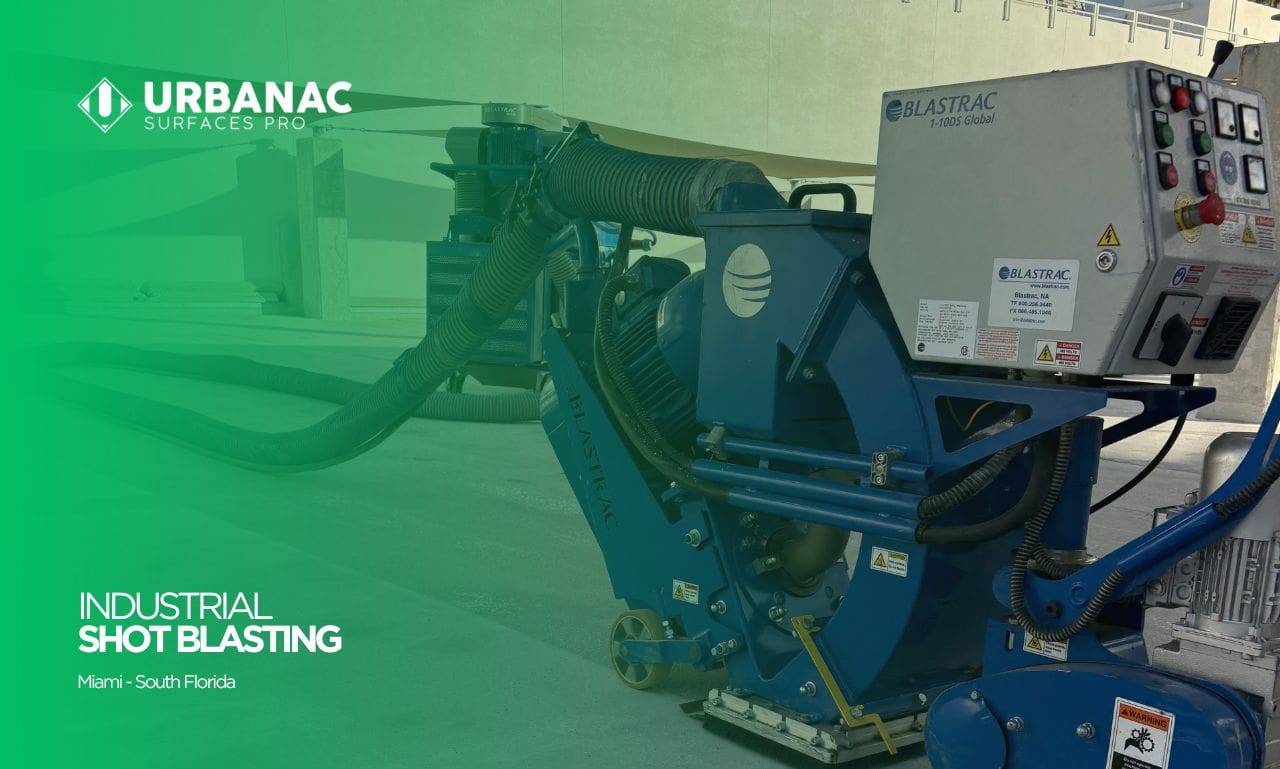In the competitive landscape of industrial manufacturing, surface preparation is more than just a preliminary step; it’s a critical factor that can influence the longevity and performance of products. Unlocking the power of industrial shot blasting can transform this essential process, delivering superior results that elevate your operations. This article dives deep into the techniques and benefits of shot blasting, exploring how this innovative method not only enhances surface adhesion but also significantly extends the lifespan of coatings and finishes. From understanding the mechanics of shot blasting to implementing best practices, we’ll equip you with the knowledge to maximize efficiency and quality in your projects. Whether you’re a seasoned professional or new to industrial applications, mastering these insights can lead to remarkable improvements that set your work apart. Join us as we unravel the potential of shot blasting and discover how to harness its power for your industrial needs.
Urbanac Surfaces Pro is an industrial and commercial concrete flooring contractor providing premier concrete polishing & epoxy flooring services in Miami and all of South Florida since 2015. We are licensed, insured and manufacturer certified to handle all commercial & industrial projects.
Follow Us On
Contact Info
- 305-462-7557
- info@urbanacsurfaces.com
- 3100 W 84th St #10, Hialeah Gardens, FL 33018
Hours of Operations
- Mon-Sat: 8:30 AM - 4:30 PM
- Sunday: Closed


